Rapid prototyping on a product team refers to the process of quickly creating mockups or working models of a product idea to explore concepts, test functionality, and gather feedback before full-scale development.
Who should do the Rapid Prototyping?
It depends, either the Designer or an Engineer! Traditionally, the Product Managers will pull one of the Engineers to build the throw-away Prototypes for the Usability Testing. Figma changed this, as we can build fully-functional High-Fidelity Prototypes with Figma, thus removing the need for an Engineer in the Product Discovery phase.
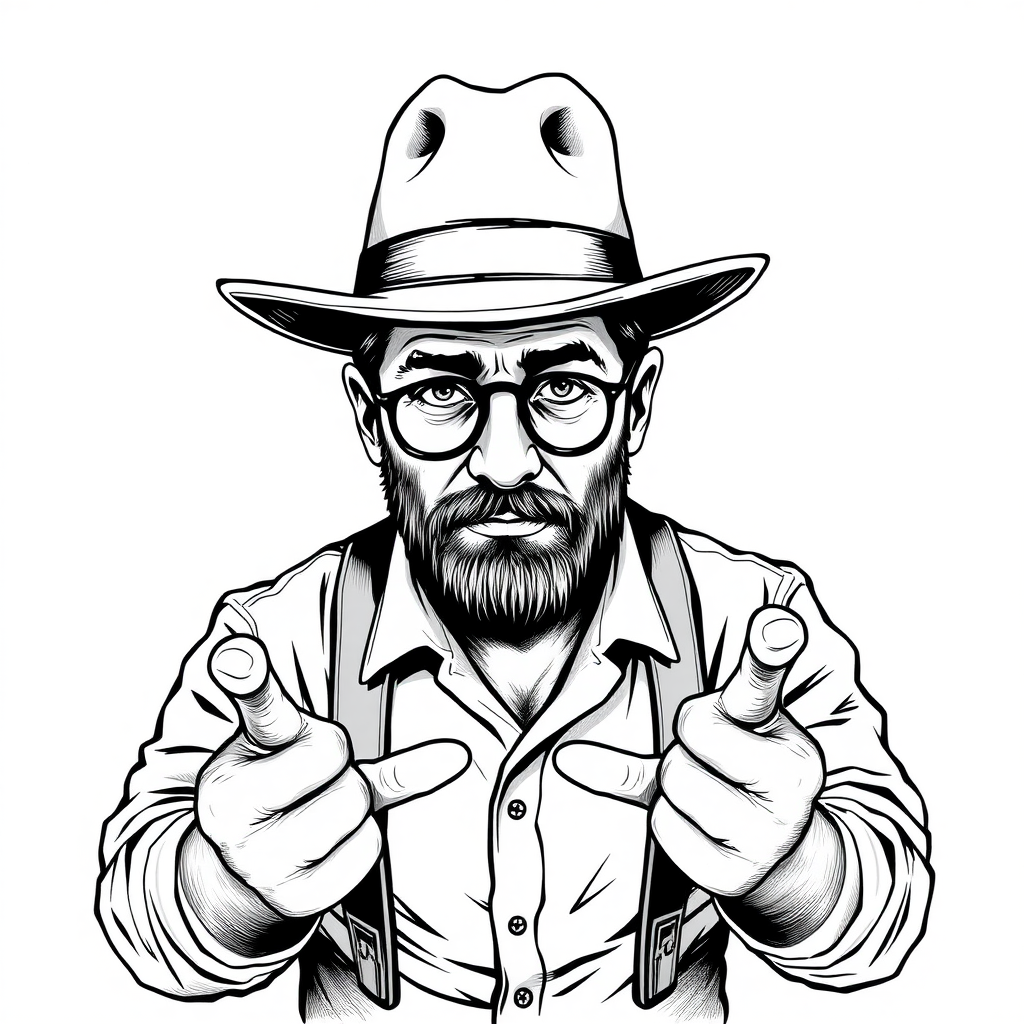
The drawback of this approach is that the Designer will have to be responsible for the 2 roles. Thus, when deciding on who will do the Usability Testing, it will probably have to be the Product Manager, as it will put yet another hat on the head of the Designer. And that’s totally fine, so much so, that we’d even recommend giving the Usability Testing role to the PM, even if the team has an engineer to build the prototypes.
Quick Idea Validation
Rapid prototyping is used to quickly turn product ideas into tangible models (hardware and software), allowing the Product Team to explore how a concept would work in practice. It used to be a costly activity, and was avoided in the manufacturing of new goods in the past. Nowadays, there’s no excuse to skip this step of the Product Discovery phase. In fact, most startups fail due to chasing solutions that have never been validated with a prototype, a.k.a. engineering-first.
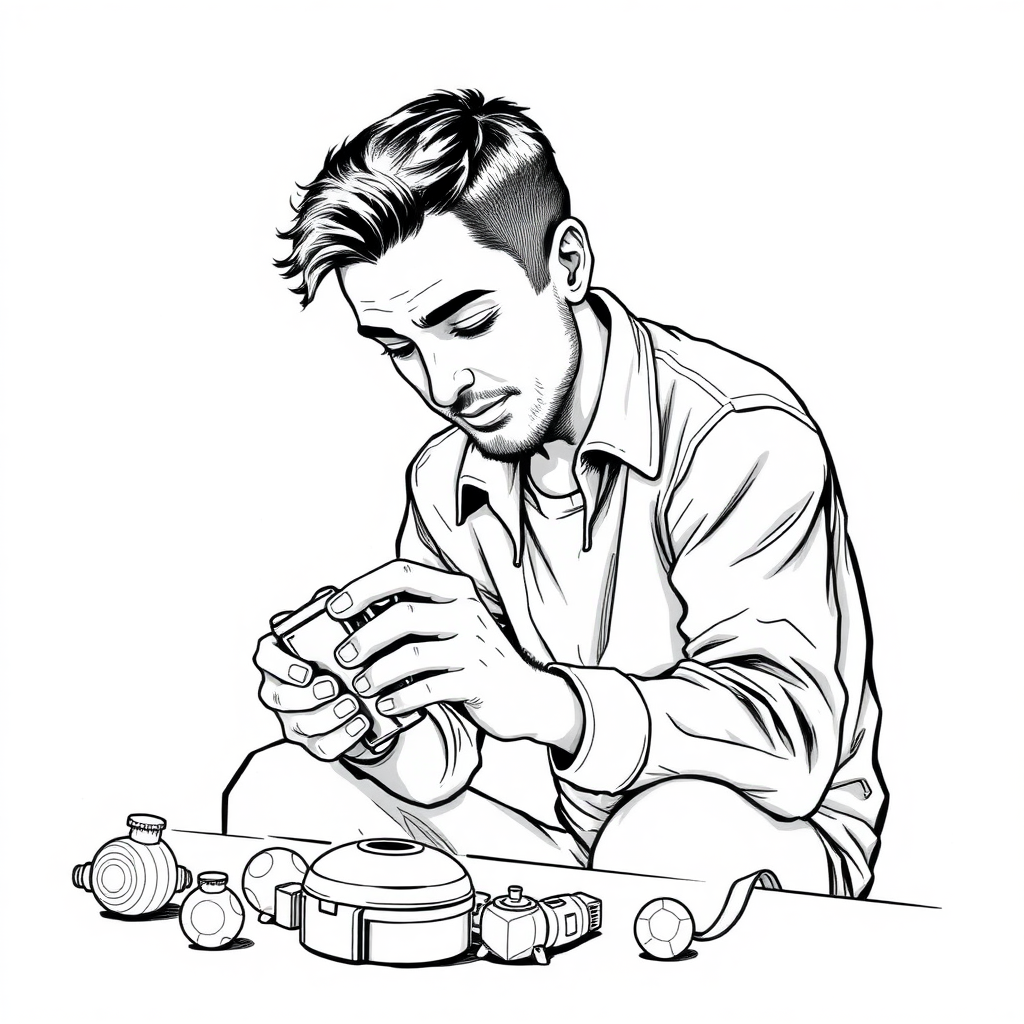
The role is focused on getting prototypes into users’ hands to gather important feedback before investing in development. Those prototypes can help mediate heated fights within the Product Team by simple observation of the users’ behavior during the Usability Testing, and it’s also a great way to convince the stakeholders into supporting the team.
A not so obvious reason to involve a Rapid Prototyper in the Product team is the simple fact that a prototype can easily discard bad ideas by failing fast and moving on.
Low-Fidelity to High-Fidelity Prototypes
Low-Fi Prototype could be a simple sketch, paper mockup, or wireframe that demonstrates the basic structure and flow of a product. These are quick and cheap to create and are often used in the early stages.
Hi-Fi Prototypes are more refined, interactive prototypes that closely resemble the final product in terms of look, feel, and functionality, but may still lack full technical functionality.
There’s a need to highlight that a Low-Fi prototype eventually turns into a Hi-Fi prototype through a process of iterative improvements and testing with users. Based on their feedback, the Hi-Fi prototype is found, and the way it’s classified as one after passing several consecutive rounds of Usability Testing successfully.
Cross-Functional Collaboration
Rapid prototypers have to collaborate with designers to ensure the UX/UI aspects of the prototype reflect the vision, and with product managers to align on the core features and functionality to be tested. Now you see why it’s actually better if the designer takes over the Rapid Prototyping.
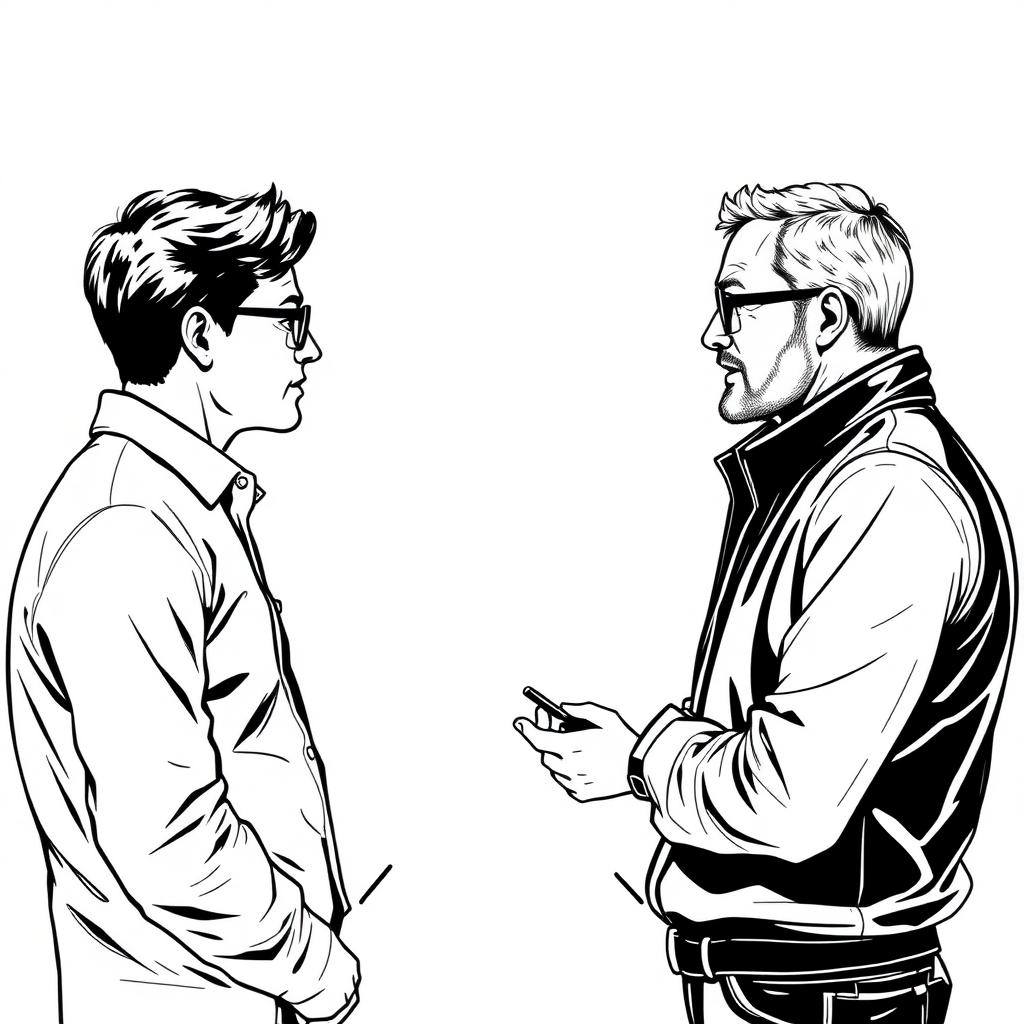
Depending on the fidelity of the prototype, they may also work with developers to build functional aspects of the prototype or simply use Figma to mimic functionality without coding.
Rapid Prototypers often use tools like Figma, Sketch, InVision, Adobe XD (for digital products) or physical tools like 3D printers and Arduino kits (for physical products) to create the prototypes quickly and efficiently.
Rapid Prototyper Responsibilities
Balancing Speed And Detail – the rapid prototyping role focuses on speed—creating just enough detail to get useful insights without over-investing in a product that may change or be discarded. It’s about finding the balance between speed and fidelity.
Risk Mitigation – by building prototypes rapidly, product teams can avoid costly missteps. Instead of investing months in development before realizing a flaw in the concept, prototyping helps uncover these issues early in the process.
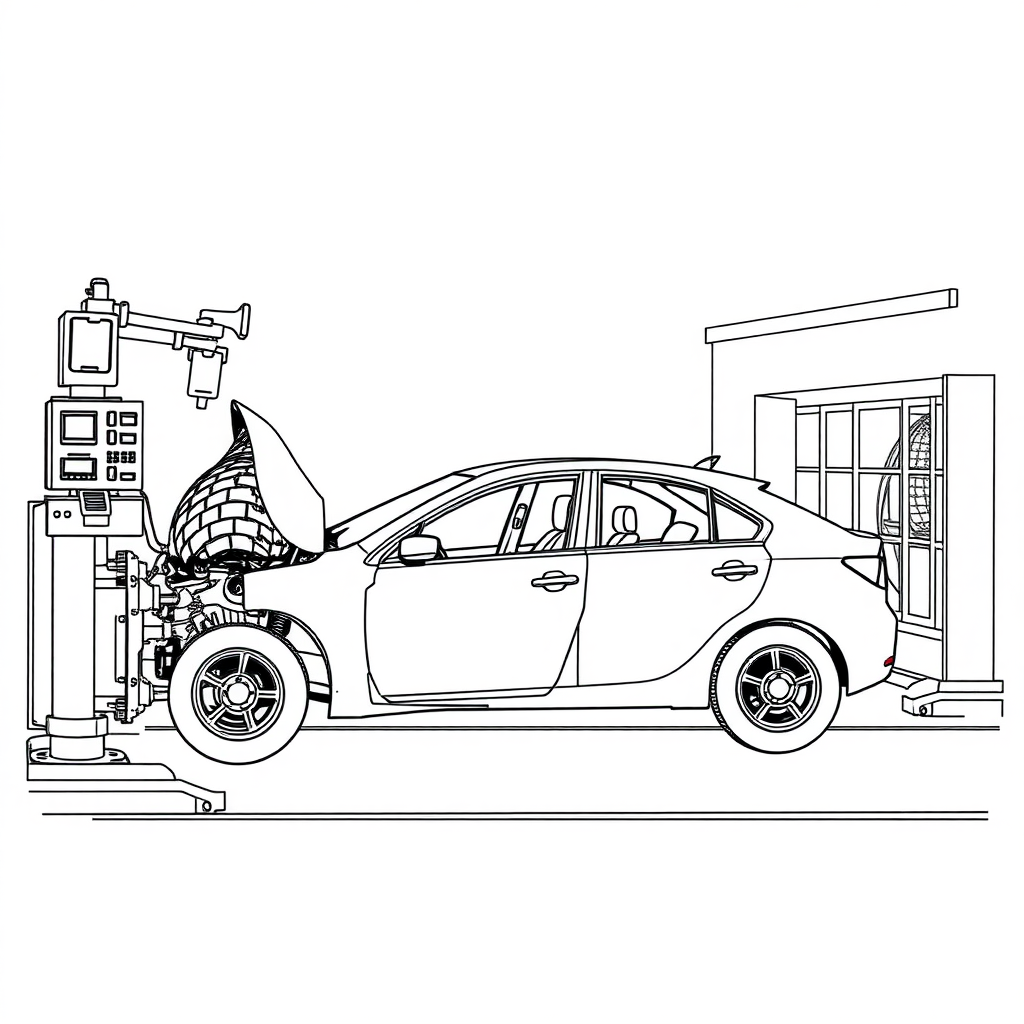
Scenario Testing – rapid prototyping also allows for testing various scenarios, interactions, and edge cases that help the team understand how the product will function in different contexts.
Decision-Making Aid – rapid prototypes act as a tangible representation of ideas and help guide decision-making within the product team, providing a clearer understanding of the direction and helping prioritize features or strategies.
Design Thinking Approach – this role is integral to a design thinking approach, which emphasizes user-centered design, iterative testing, and the ability to pivot quickly based on insights.
In conclusion, the rapid prototyping role in a product team is essential for testing and refining ideas in a fast, iterative manner. It allows teams to validate concepts, reduce risks, and make informed decisions early in the product development cycle.

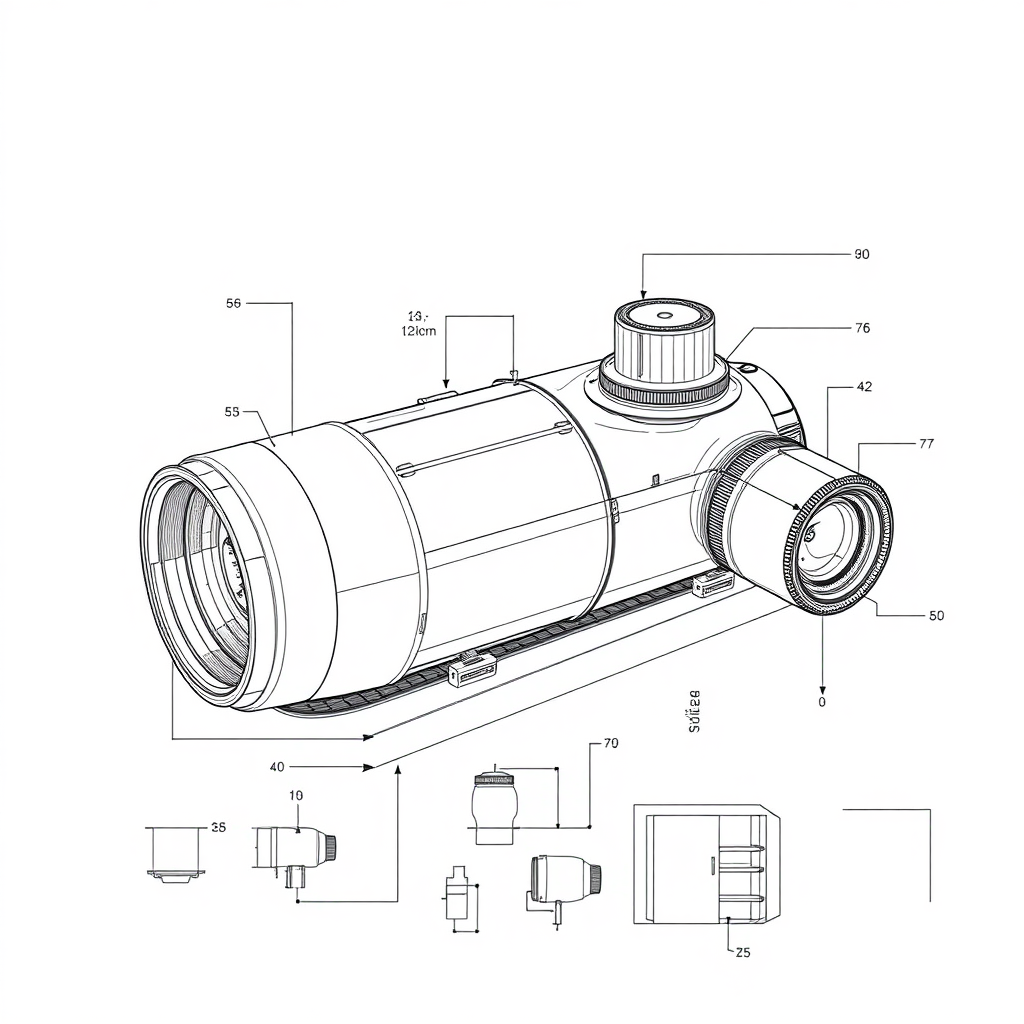
Leave a Reply